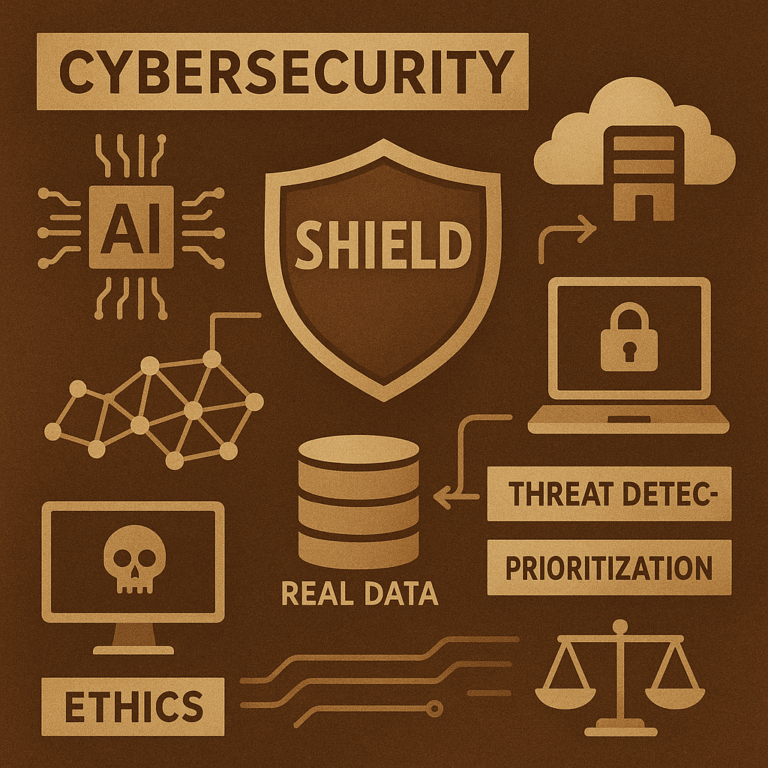Why Real IoT Data Is the Future of Cybersecurity AI

The cybersecurity industry has long relied on synthetic data to train AI models, but this approach has limitations. Simulated environments cannot fully replicate the complexities of real-world systems, leaving gaps in threat detection and response. The SHIELD project, developed under the CyberSecDome Open Call, seeks to change this by harnessing real IoT telemetry to build more robust and accurate AI tools.
What sets SHIELD apart is its foundation in live IoT deployments. Our dataset includes devices ranging from Raspberry Pis in urban infrastructure to cloud servers running critical applications. Each record provides insights into actual device behavior, such as unauthorized open ports, irregular outgoing connections, and unpatched software vulnerabilities—details often overlooked in synthetic models.
For enterprises and policymakers, the implications are significant. Real-world data enables AI tools to predict emerging threats with greater accuracy, prioritize patches based on actual risk, and even simulate attacks on systems with known vulnerabilities. This translates to cost savings, regulatory compliance, and stronger cyber resilience.
Ethical considerations are also at the forefront of SHIELD. While the dataset is GDPR-exempt (containing no personally identifiable information), we enforce strict access controls to prevent misuse. Additionally, our Data Management Plan ensures transparency, documenting every step from collection to delivery.



